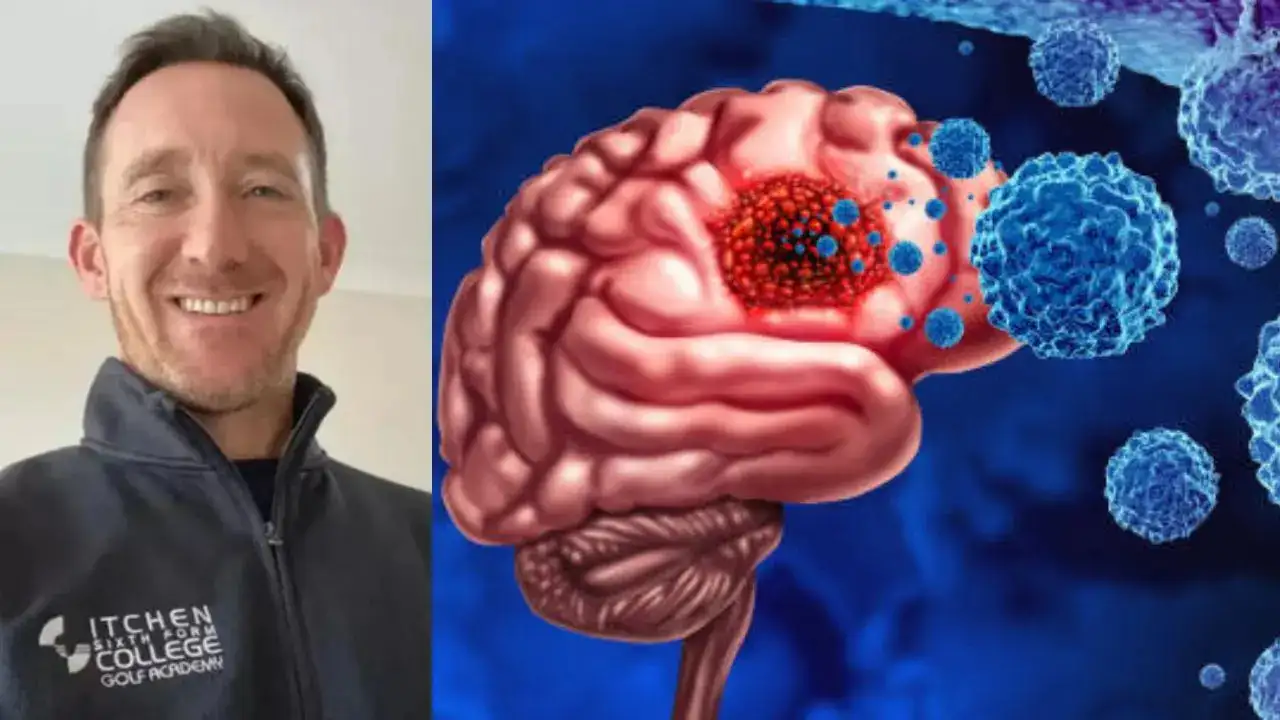
Glenn Colmer started suffering from symptoms of glioma, the most common type of primary brain tumour
A fit and healthy 51-year-old man died within ten days after being diagnosed with a killer cancer. Glenn Colmer started suffering from symptoms of glioma, the most common type of primary brain tumour, originating from glial cells that support nerve cells in the brain and spinal cord.
But earlier this year, he suffered a sudden seizure at his home in Southampton. He was rushed to the hospital, where a CT scan revealed a mass in his brain, and just days later doctors diagnosed him with high-grade glioma. "And in the space of ten unthinkable days, we went from thinking Glenn had had a seizure to holding his hand as he slipped away from us. I want to share his story and raise awareness because this shouldn't happen to anyone," Ali, his wife told The Sun.
Glenn’s missed earlier symptoms
Ali said in the year leading up to his death, Glenn was suffering from fatigue, headaches, and dizziness, which he ignored for quite some time. After he went to a hospital, doctors prescribed him medication and glasses, which alleviated the pain, so he thought his symptoms were just to do with his age.
However, when his symptoms only aggravated, causing seizures and breathlessness often, he was taken to the emergency department.
A complete MRI confirmed that there was massive bleeding in his brain after he became fully paralysed on his right side. Over the next few days, Glenn’s health continued to decline as he began vomiting, became unable to speak, and lost the ability to swallow.
What is glioma?
According to experts, gliomas are tumours that form when glial cells grow out of control. Normally, these cells support nerves and help your central nervous system work. Gliomas usually grow in the brain but can also form in the spinal cord.
Doctors say gliomas are malignant, but some can be very slow-growing and mostly originate in the brain tissue. Gliomas don’t usually spread outside of the brain or spine but are life-threatening because they can:
- Be hard to reach and treat with surgery
- Grow into other areas of the brain
What are the risk factors for getting a glioma?
Anyone can develop a glioma, but the following factors may increase your risk:
Age
Gliomas are most common in older adults, over 65 years, and children, under 12 years.
Ethnicity
White people may be more likely to develop gliomas than other races
Family history
Some inherited genetic disorders may increase your risk of gliomas
Gender
Gliomas are slightly more common in men than women
Radiation or toxin exposure
Repeated or prolonged exposure to radiation or certain chemicals may increase your risk.
Signs and symptoms of gliomas
A few signs and symptoms of gliomas include:
-
Aphasia or issues with speaking and communicating
- Changes in your vision and vision loss
- Cognitive issues like trouble thinking, learning, or remembering
- Difficulty walking or keeping your balance
- Dizziness
- Severe headaches
- Hemiparesis
- Nausea and vomiting
-
Personality or behavioural changes
- Seizures
